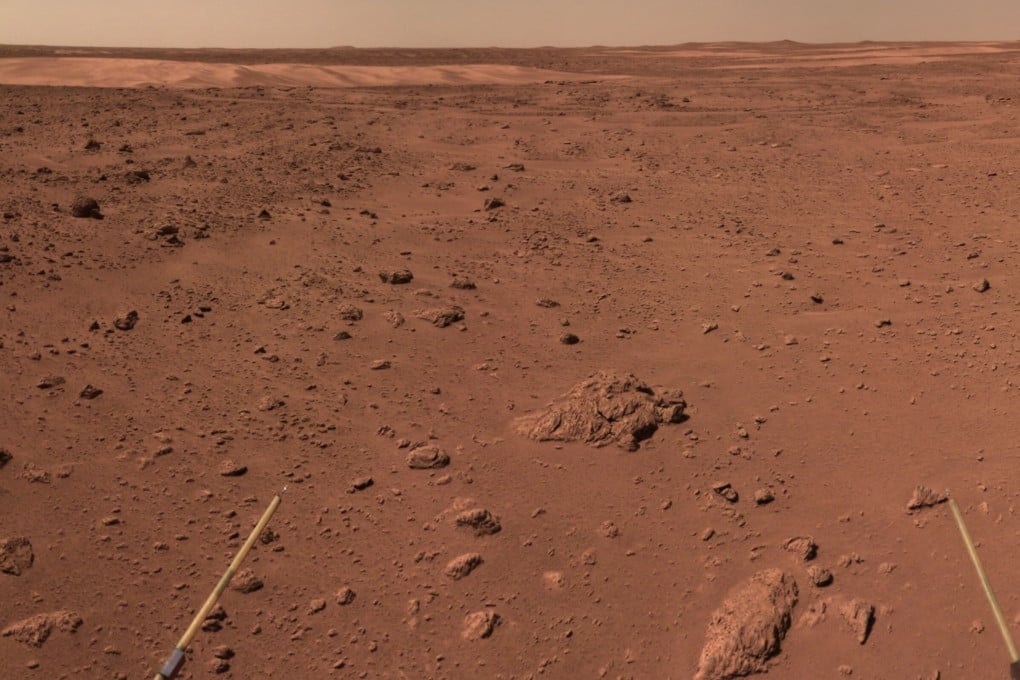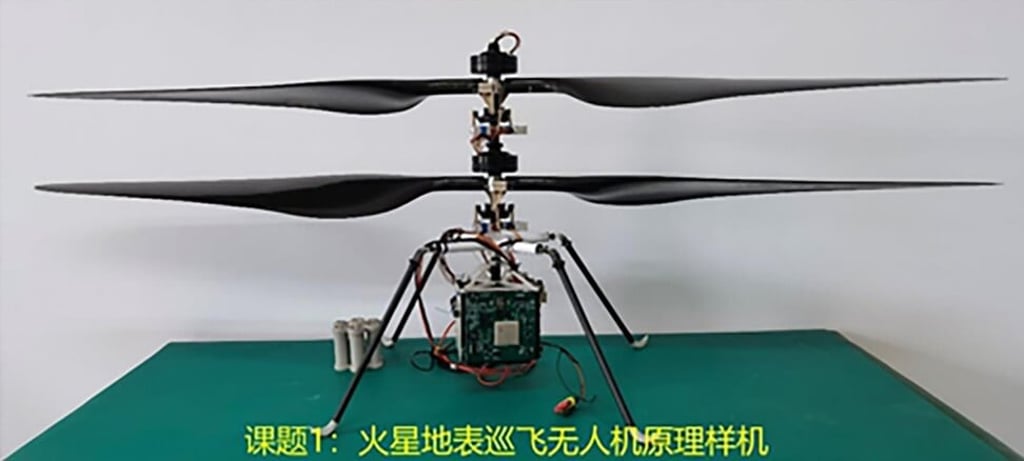China develops Mars drone for future red planet missions
- Helicopter drone will help a rover to navigate the planet’s surface, allowing future missions to be more efficient
- It has similarities to Nasa’s Ingenuity helicopter, which is already operating on Mars, expert says

The project’s chief scientist has said that the helicopter drone would serve as a navigator for a rover as it explores the surface of Mars.
The drone would be able to capture images and travel several hundred metres in a single flight, Bian Chunjiang, a researcher with the National Space Science Centre, told Global Times.
It would help a rover to locate and drive towards features of the landscape with greater speed and precision, making missions more efficient, Bian said.
He said further research efforts would focus on the drone’s survival for long periods in the complex Mars environment.
China has been trying to catch up with the United States in space technology and has made progress with several space-related programmes. It launched its first independent Mars exploration mission last year and plans to retrieve samples from the planet in 2030 and send crews there for exploration in 2033.
